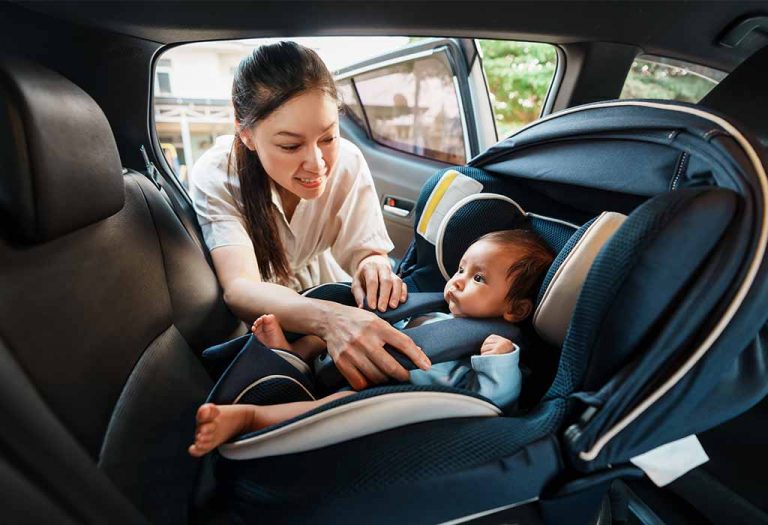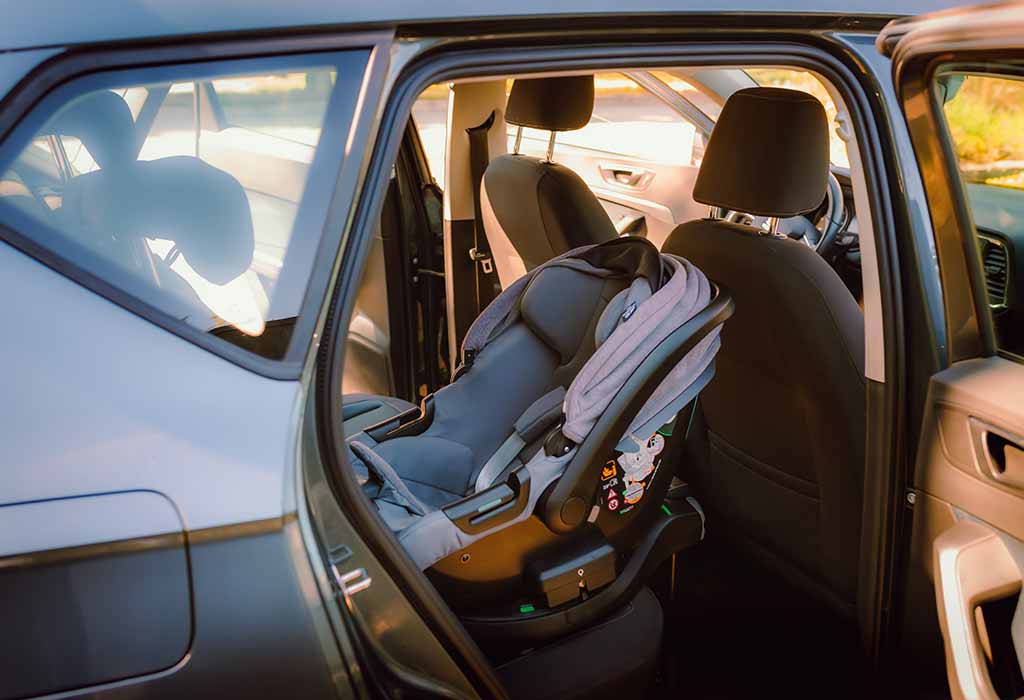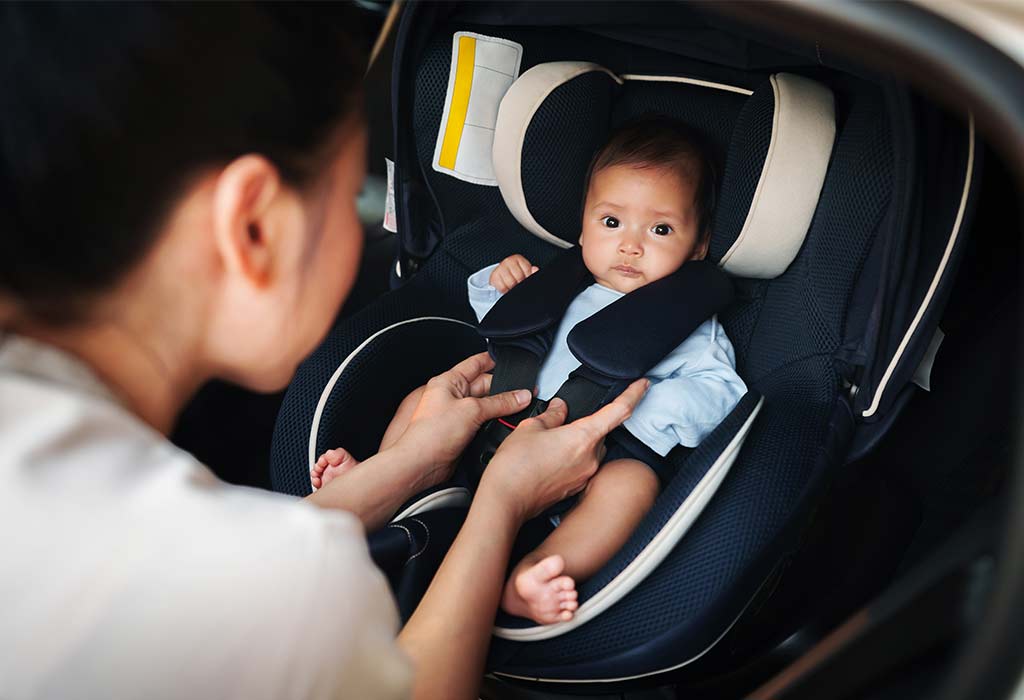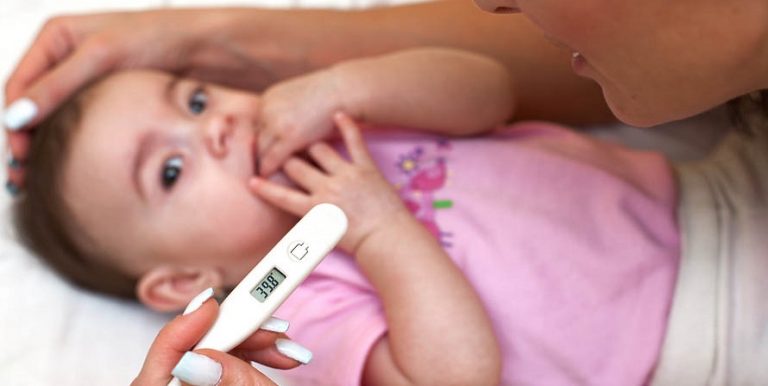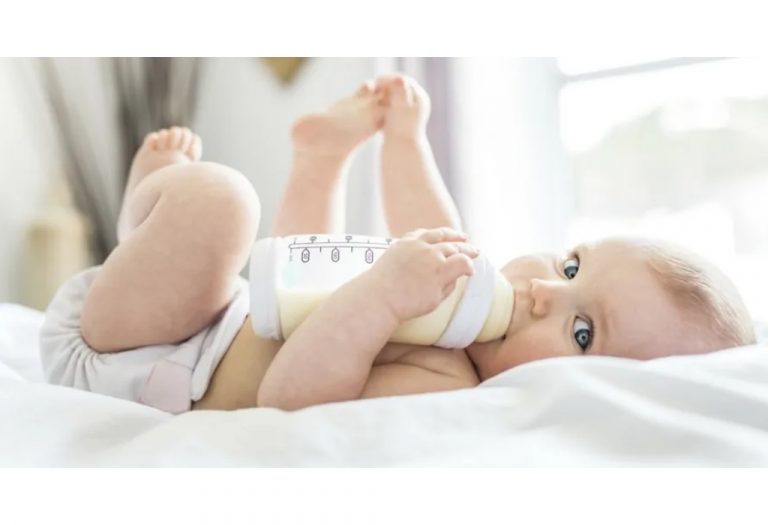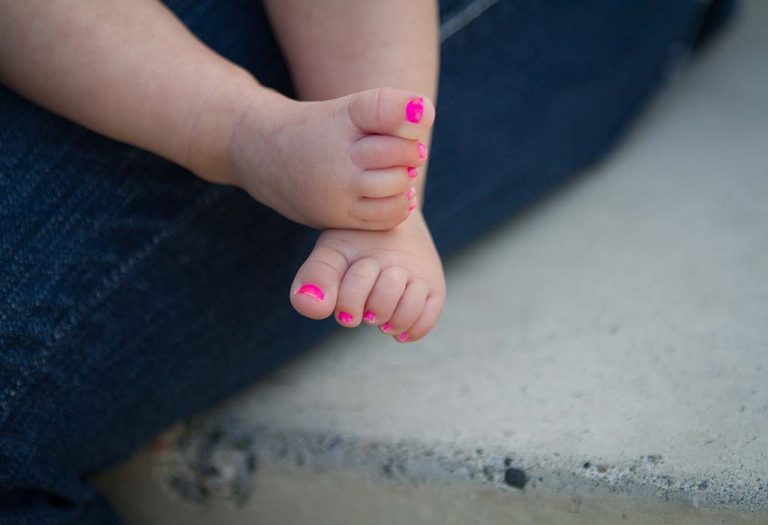How to Install Infant Car Seat – An Ultimate Guide for Parents
Are you soon going to welcome a new member to your family? The joy and excitement you must be feeling will be unimaginable, but let’s not forget the responsibilities that come with welcoming a newborn baby, especially their safety. One of the most crucial aspects of newborn safety is correctly installing an infant car seat. Whether you are a newbie parent or one with prior knowledge, we suggest refreshing your knowledge about how to install an infant car seat properly to ensure maximum safety for your baby and the whole family. In this article, we’ll walk you through the steps and, side by side, offer tips and insights to make the process as smooth and stress-free as possible.
Where Should You Install the Car Seat?
Choosing the right spot for your infant car seat is just as important as installing it correctly. The location you select within your vehicle can significantly impact your baby’s safety and comfort. The following article will help you understand what you need to consider and remember carefully when deciding where to install the car seat.
Installing an Infant Car Seat Properly
Ensuring the proper installation of an infant car seat is extremely important for your baby’s safety during car journeys. The process might seem overwhelming initially, but by following a step-by-step approach, you can ensure the seat is securely and correctly installed. Here’s a detailed guide to rear-facing infant car seat installation.
Step 1: Read the Manufacturer’s Instructions
Before beginning the installation process, thoroughly read the manufacturer’s instructions for your car seat. These guidelines provide specific information about the model and any particular considerations you need to be aware of. Understanding these instructions will help ensure a secure installation.
Step 2: Choose the Right Location
The safest spot for a rear-facing infant car seat installation is usually the middle of the back seat, away from airbags. If the middle seat is not an option, either side of the rear seat can work as long as it’s done correctly. Avoid placing the seat in the front unless necessary.
Step 3: Position the Car Seat Correctly
Place the car seat in the chosen location, making sure it’s facing the rear of the vehicle. Rear-facing is the safest position for infants, as it provides better support to the neck and spine in the event of a collision. Double-check that the car seat base is flat and stable on the vehicle seat.
Step 4: Secure the Car Seat Using the Seat Belt or LATCH System
Most cars and car seats come equipped with a LATCH (Lower Anchors and Tethers for Children) system. If your car has this, use it to secure the car seat. Attach the lower anchors to the corresponding points in the vehicle and pull tight. If you are using the seat belt, thread it through the designated path on the car seat base and buckle it securely. Make sure there’s no slack in the belt or the LATCH straps.
Step 5: Check the Angle of the Car Seat
Infant car seats need to be installed at the correct angle to keep your baby’s airway open. Most car seats have an angle indicator or adjuster built in. Check this to ensure the seat is not too upright or too reclined. Adjust the base of the seat if necessary to achieve the proper angle.
Step 6: Tighten and Test for Secure Installation
After securing the car seat, press down firmly on the seat and pull the belt or LATCH strap to remove any slack. The seat should not move more than an inch in any direction when tested at the base. This ensures that the seat is firmly attached to the car.
Step 7: Place Your Infant in the Car Seat and Adjust the Harness
Once the car seat is securely installed, place your baby in the seat and fasten the harness. The harness should be snug, while the chest clip should be positioned at armpit level. Ensure the straps are flat and not twisted so there’s no excess slack.
Step 8: Perform a Final Safety Check
Before hitting the road, double-check all clasps, buckles, angles, and other aspects of the installation. Ensure the car seat is secure, the harness is properly adjusted, and the seat is positioned at a correct angle. It’s also a good idea to refer back to the car seat manual to confirm you haven’t missed any steps.
By following these steps, you’ll ensure that your rear-facing infant car seat installation is done correctly, providing maximum safety and peace of mind during every journey.
Installation Mistakes to Avoid
Even with the best intentions, some common mistakes can occur during infant car seat installation that could compromise your baby’s safety. Being cognizant of these pitfalls will help you avoid them and ensure a secure installation. Here are a few key mistakes to watch out for.
1. Incorrect Seat Angle
One of the most common errors in infant car seat installation is not positioning the seat at the correct angle. If the seat is too upright, your baby’s head could fall forward, potentially blocking their airway. Ensure you use the angle indicator on your car seat and adjust it as needed to achieve the proper recline.
2. Loose Installation
Another frequent mistake is not securing the car seat tightly enough. A loose seat can move excessively in a crash, reducing its effectiveness. Always ensure that the car seat doesn’t move more than an inch from side to side or front to back once installed. Double-check the tightness of the seat belt or LATCH system to avoid this issue.
3. Incorrect Harness Use
Improper use of the harness, such as having it too loose or positioning the chest clip incorrectly, can reduce the protection offered by the car seat. The harness should be snug, while the chest clip should be at armpit level. This ensures your baby is properly secured in the event of a sudden stop or collision.
Thus, by avoiding these common mistakes during infant car seat installation, you can provide a safer environment for your child on the road.
How to Maintain Car Seat Safety?
Maintaining car seat safety includes proper installation and regular checks and adjustments to ensure that the seat continues to protect your baby as intended. Even if you have an easy-to-install infant car seat, ongoing maintenance is the key to keeping your little one safe. We suggest keeping these important tips to keep in mind whenever you check your baby’s car seat.
1. Regularly Inspect the Car Seat
Over time, straps can loosen, and components can wear out, compromising the safety of the car seat. Make it a habit to regularly inspect the seat for any signs of damage or any wear and tear. Check that all straps, buckles, and attachments are secure and in good condition, and that the seat itself is firmly attached to the vehicle.
2. Adjust the Harness as Your Baby Grows
As your baby grows, their size and shape change, which means the harness needs to be adjusted regularly. Make sure the harness fits snugly against your baby’s body and that the chest clip is positioned correctly. An easy-to-install infant car seat might come with adjustable features, so take advantage of these to ensure a perfect fit at every stage.
3. Keep the Car Seat Clean and Free from Obstructions
Dirt, food crumbs, and other small things can accumulate in the car seat, potentially affecting its functionality. Regularly cleaning the seat according to the manufacturer’s instructions will ensure it remains in top condition. Additionally, avoid placing any objects under or around the car seat that could interfere with its installation or performance.
FAQs
1. What is the safest position for an infant car seat in a vehicle?
The safest position for an infant car seat is in the rear seat, ideally in the middle, away from airbags and potential impact zones.
2. How tight should the harness be on an infant car seat?
The harness should be snug enough that you can fit only one finger between the harness and your baby’s collarbone, with the chest clip positioned at armpit level.
3. Can I use a second-hand infant car seat?
It is not recommended to use a second-hand car seat unless you are certain it has never been in an accident, has not expired, and includes all original parts and instructions.
4. How often should I check the installation of the infant car seat?
It’s advisable to check the installation every time you place your baby in the seat to ensure that everything remains secure and properly adjusted.
Installing an infant car seat correctly is pivotal in ensuring your baby’s safety during car journeys. We hope you are able to follow the easy to install infant car seat steps outlined in this guide and confidently secure your rear-facing infant car seat. Knowing that your child is protected is the ultimate bliss for a parent. So, don’t miss out on regular maintenance and learn about common installation mistakes to ensure the safety and reliability of your little munchkin’s seat. Remember, your vigilance in keeping the car seat properly installed and adjusted plays a significant role in safeguarding your little one. With this knowledge, you’re well-prepared for safe travels with your precious cargo!
Happy parenting!
Also Read:
Right Age For Your Child to Face Forward in a Car Seat
Types of Car Seats for Your Child
Perfect Car Seats & Restrains For Your Toddler
Was This Article Helpful?
Parenting is a huge responsibility, for you as a caregiver, but also for us as a parenting content platform. We understand that and take our responsibility of creating credible content seriously. FirstCry Parenting articles are written and published only after extensive research using factually sound references to deliver quality content that is accurate, validated by experts, and completely reliable. To understand how we go about creating content that is credible, read our editorial policy here.





